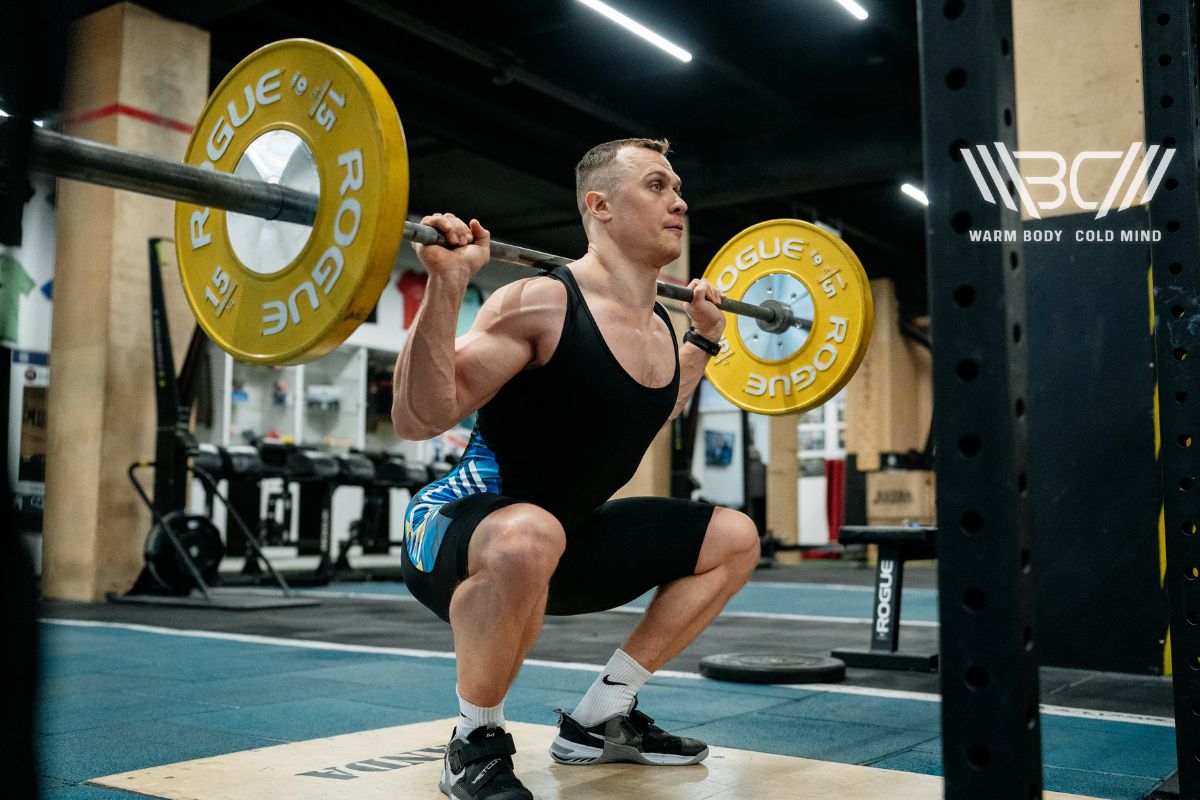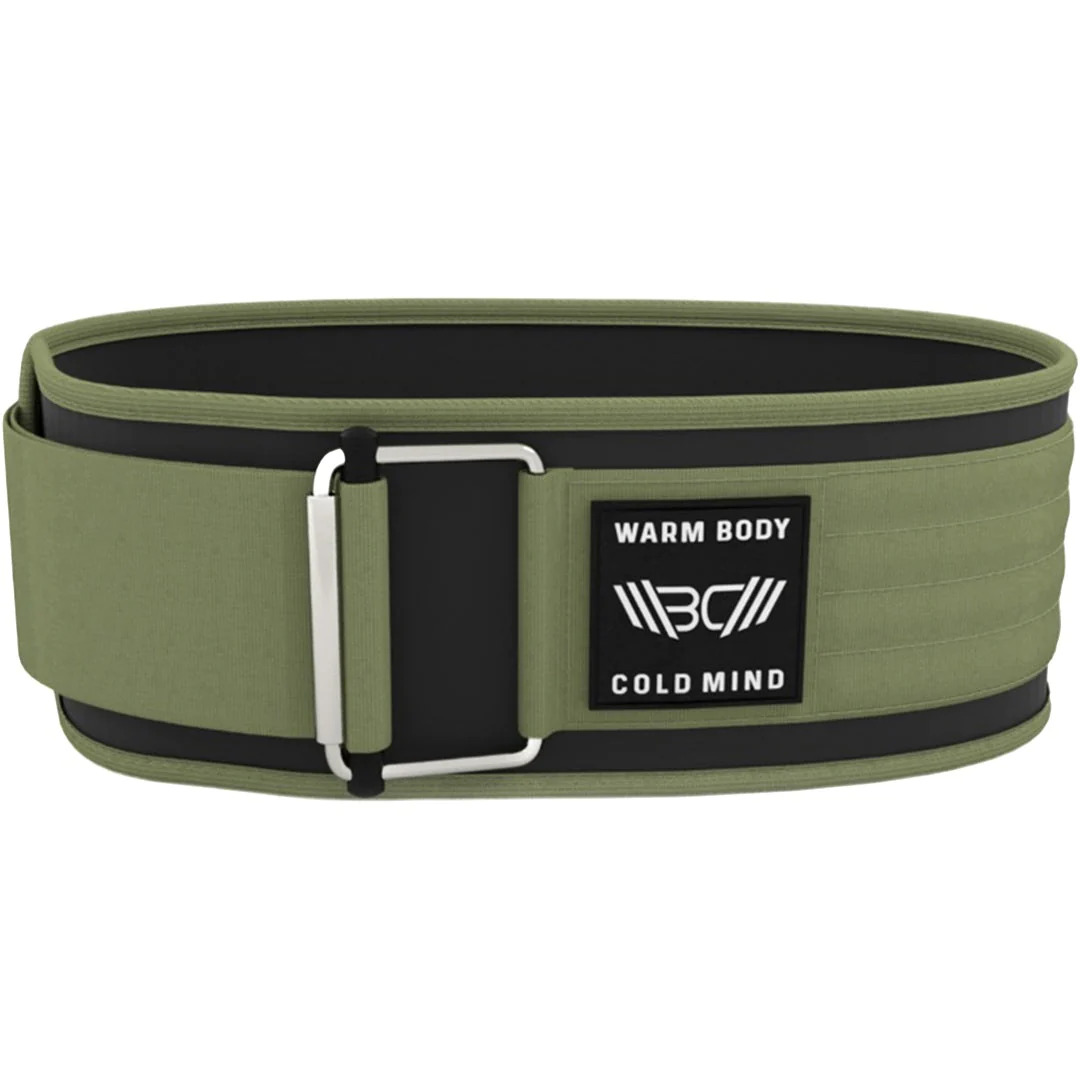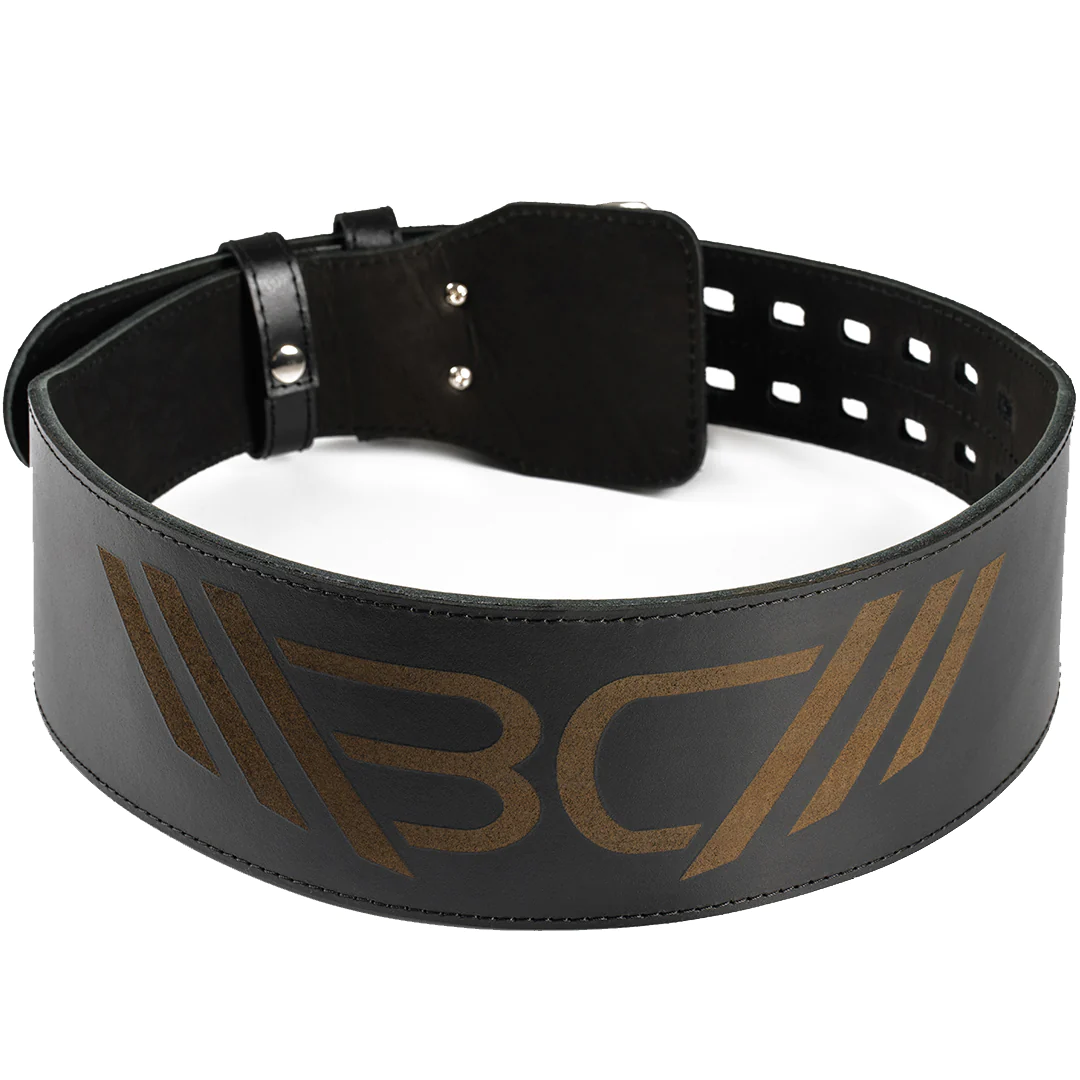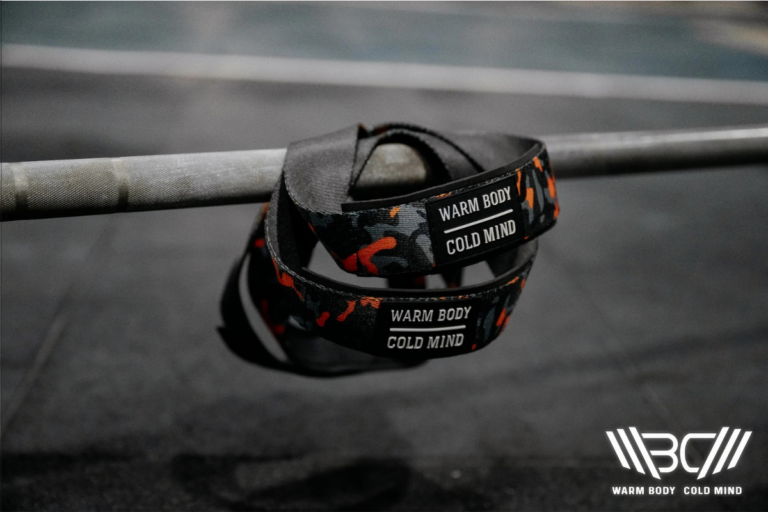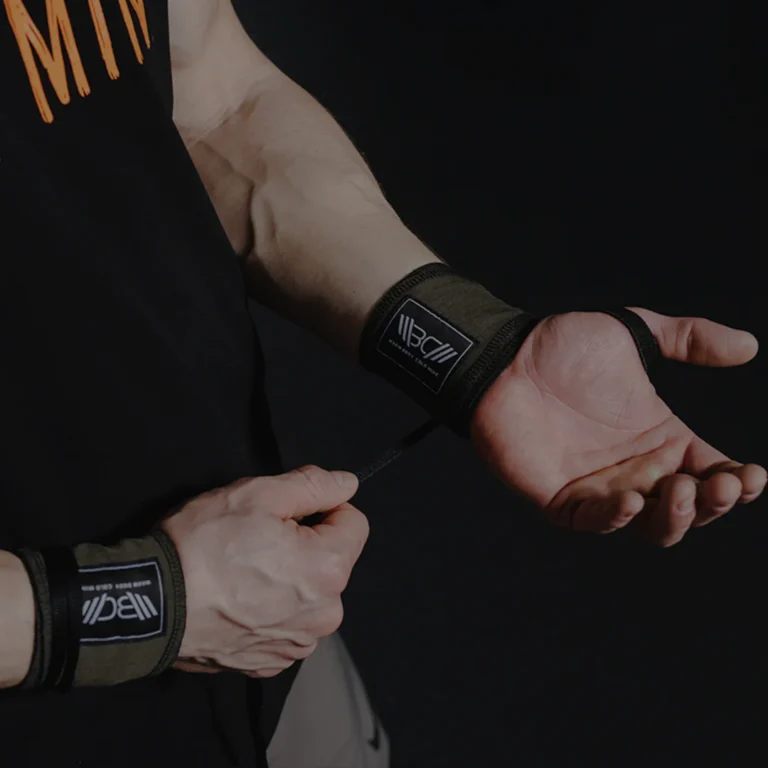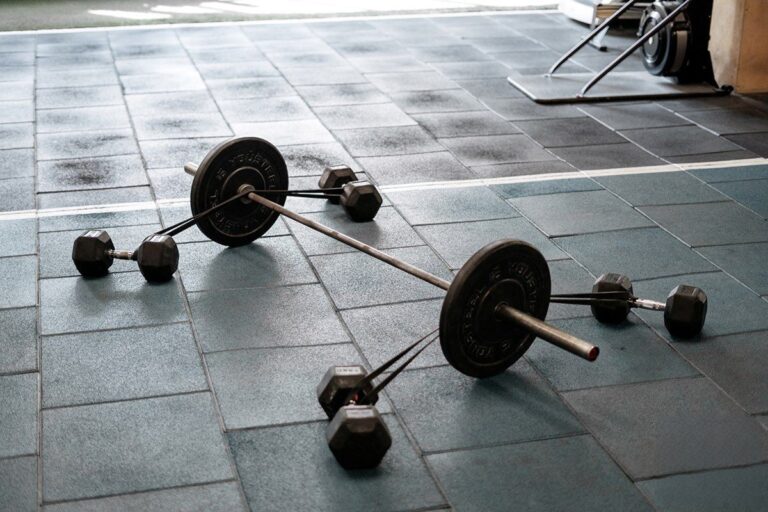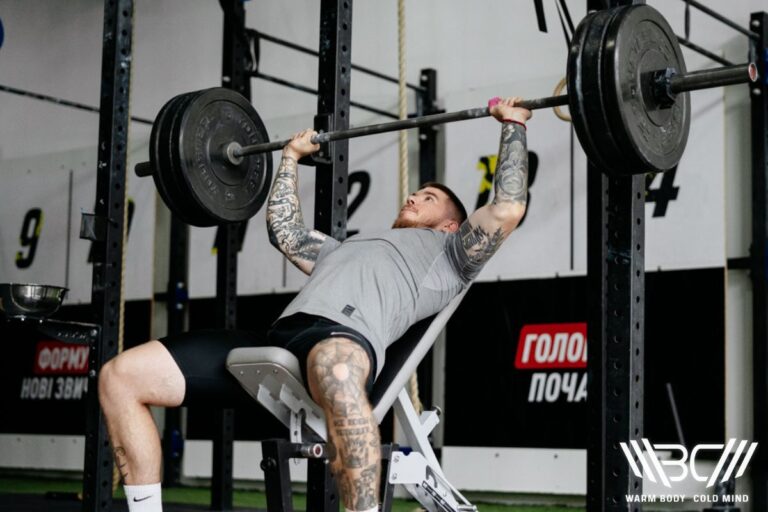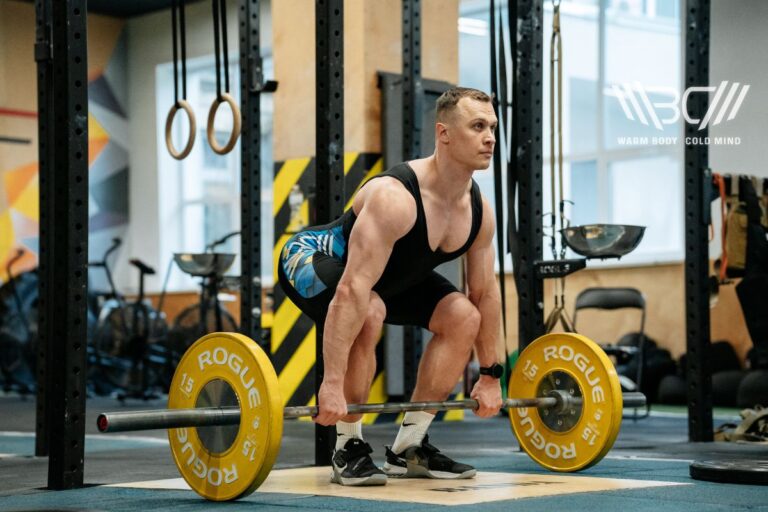7 Quad-Focused Squat Variations for Strength & Size
When you think of lower body workout, squats always come to mind. They’re the cornerstone of lower body workouts, but if you’re not varying your routine, you’re missing out on some serious gains. That’s where quad focused squat variations come in. If you tweak your squat game, you’ll zero in on those quads and then, all that’s left is to be amazed at the definition and growth that follows.
There are so many variations out there, it’s easy to get overwhelmed and to feel lost because you may not know exactly which are effective and which are not. But we’re here to break it down for you and make it simple so you can get straight to the gains.
Get ready to feel that burn and let’s see how to squat for quads!
What are quad focused squat variations? – They’re specialized exercises that target the quadriceps muscles in the thighs. They involve modifications to traditional squats, like adjusting foot placement, adding resistance, or altering range of motion, to place greater emphasis on the quads.
What Are Quadriceps?
Quadriceps femoris (also referred to as quadriceps or quads) is a group of four large muscles (vastus lateralis, vastus medialis, vastus intermedius, and rectus femoris) located in the front of the thigh. If you like activities such as walking/running/jumping, then you’ll love your quads, since they are crucial when it comes to them.
The role of the quadriceps muscles is to stabilize the leg and to extend the knee. The rectus femoris also has a role in hip flexion (movements that involve the raising of the thigh).
When it comes to weightlifting, exercises such as squat, leg press, lunges, leg extension would be the most common ones where the quad muscles are activated the most, since the quadriceps provide you with the necessary force to execute those movements.
If you want proper or superior leg function and injury prevention, then work your quads to make them strong and flexible.
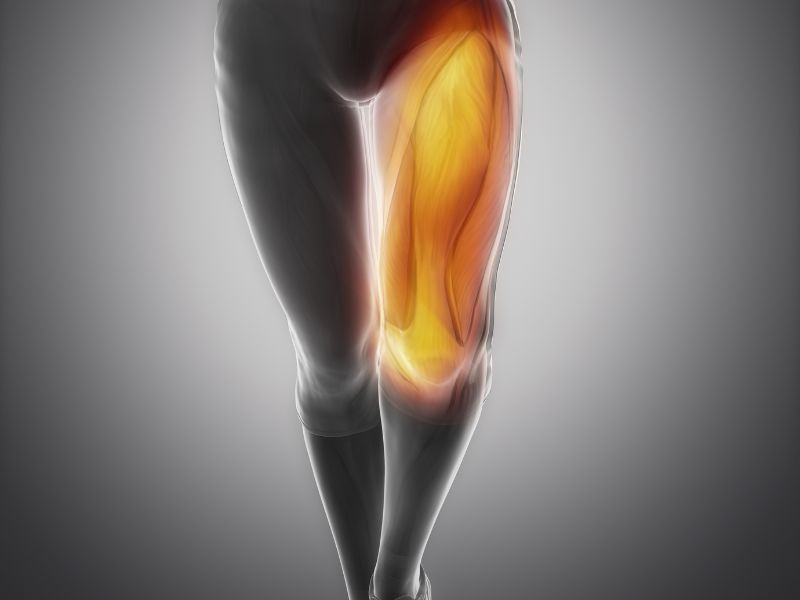
Squats and Leg Muscle Hypertrophy
Leg day and squats go hand in hand (or… is it leg in leg?). Squats engage multiple muscles in your body at the same time and they can contribute to muscle growth in your legs through a process known as hypertrophy.
The movement of squatting needs your muscles to work together to lift the weight and stabilize your body throughout the exercise. As you progressively overload these muscles with resistance, regardless of whether that happens through increasing the weight or the number of reps, you create a stimulus for muscle growth.
This then causes microscopic damage to the muscle fibers, which prompts your body to repair and rebuild them, but this time stronger and larger than before. If you’re consistent with your training and you take enough time to recover, your muscle fibers will increase in size and strength.
As great as all this is, however, you may hit a plateau sooner or later if you don’t switch up your routine. Squats are fantastic, but you need variations to target your muscles from different angles and to challenge them in different ways. This will keep those nasty plateaus at bay, and it will prevent you from getting bored and looking at your workouts like a chore you’re obligated to do.
Subscribe!
Get useful tips, expert insights, and in-depth analysis of training programs & nutrition plans to get the most out of your performance.
What Makes Squat More Quad-Focused?
Do squats work quads? They sure do, and it comes down to tweaks you do to make the workout emphasize the quadriceps muscles at the front of your thighs. One way of doing this is to adjust the foot placement; you can place them closer together so the workload shifts more to your quads.
Another thing you can do is to do partial range-of-motion squats, where you don’t go down as far as you usually would. This engages your quads more, especially at the top of the movement. You can also try using a lighter weight and doing more reps.
Top 7 Quad Focused Squat Variations
There’s a decent amount of squat variations for quads you can do, but if you really want to work on your quads, these are the most effective. Each variation has unique benefits and challenges, but hey, that’s what makes them special, right?
1. Heel Elevated Back Squat
This one is a game-changer. When you elevate your heels during back squats, you shift the weight forward and this places more emphasis on your quads. It will also decrease demands for ankle mobility, challenge the stability muscles, and allow you to squat really deep. But you need to be careful because, if you don’t do it properly, going all the way down may strain your knees.
This is not a very beginner-friendly exercise, so make sure you know the proper form and technique before you try to do it.
To do this variation, first set up a stable surface you can use to elevate your heels. Position yourself under the barbell with your feet being shoulder-width apart and lift the barbell off the rack. Step back and lower yourself into a squat while keeping your chest and core engaged. Push through the fool feet to return back up.
2. Narrow Squat
This is a simpler variation, but it’s still really effective and it minimizes the involvement of your hips. Since you’re bringing the knees close together, your quads are forced to take on most of the workload.
The narrow squat needs minimal space and it does a great job at targeting your inner thigh muscles, but if your knees are not aligned properly, it will strain them. It can also be challenging in terms of balance, but if you keep at it, you’ll learn how to do it.
To do the narrow squat, stand with your feet close together and keep the chest and core engaged. Lower into the squat and make sure your knees track over the toes. Push through the feet to get back up and that’s it! See, it’s super simple. Focus on driving through the whole feet to and control the descent to make this exercise even more focused on your quads.
3. Front Squat
Front squats are famous for being able to isolate the quads bit more while engaging the core and upper back and many people will tell you the front squat is the best squat for quads. When you place the barbell across the front of your shoulders, you shift the center of gravity forward, so it places more emphasis on quad activation.
Front squats require you to use less weight than back squats and they make it easier to keep your torso upright, so the engagement of your quads is intensified with each rep.
But keep in mind that it’s not so easy to master them because they need enough mobility in the wrists and shoulders and spine, so you might feel some discomfort there. They can be challenging for beginners, so if you are one, master some easier variations before trying to do the front squat.
If you’re not a beginner, though, you won’t have such a hard time with front squats. To do the front squat, keep a firm grip on the barbell and make sure your elbows are up at all times (3 o’clock). Focus on your form being correct and push through the whole feet while keeping your chest up and lower into the squat.
This is an extremely effective way to target your quads, but it takes a lot of patience and practice to perfect the technique. It would be best to start with lighter weights and, as you see that your form is okay and you have the technique down, increase the load little by little.
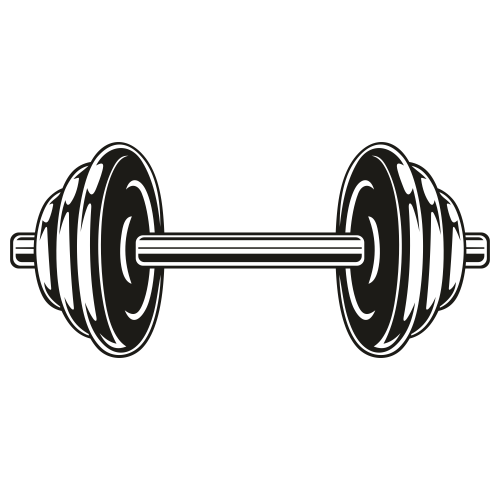
Pro Tip:
You can make these even more intense with tempo training. Slow down during the lowering phase to increase time under tension in quads – count to three or four seconds as you go down to get your quads to engage even more.
4. Goblet Squat
This exercise will target your quads while also engaging your core and upper body. One of the best things about it is that it’s really effective, but still beginner-friendly, so you can do goblet squats even if this is your first time working out because it’s simple, but still encourages proper squat mechanics.
Another great thing about the goblet squat is that it makes it easier for you to keep your torso upright because the dumbbell or kettlebell is close to your chest.
Grab a dumbbell or a kettlebell and hold it close to your chest. Stand with your feet shoulder-width apart and lower into the squat while keeping your chest and core engaged. Your knees should track over the toes. Push through the feet as you go back up.
This squat position for quads won’t provide as much resistance as barbell squats, but goblet squats are still a good addition to any routine. If you want goblet squats to be even more quad-focused, keep your movements really controlled so your quads get more activated.
5. Bulgarian Squat
This is a unilateral exercise and those are known for being great at addressing muscle imbalances and improving stability. When you elevate back foot on a bench or a platform, you increase the range of motion and activate your quads more. But mastering Bulgarian squats requires balance and coordination and if your knees aren’t properly aligned, it will put a lot of strain on them.
If you need a bit of extra help, you can use a nylon lifting belt. It’s very comfortable, there’s no break-in period, and it’s very supportive and durable. It has a self-locking mechanism, which is very convenient, and it comes in 5 sizes.

Discover the strength of the Warm Body Cold Mind nylon lifting belt. Lightweight and durable, it provides optimal support for your workouts.
Stand facing away from a bench with one foot elevated behind you and lower into a lunge position. Put some emphasis on the front leg and don’t worry about the knee going over your toes – it means quads will be on fire. Push through the front foot to get back to the starting position.
Start with either bodyweight or light weights to get the form down and then once you do, you can go on with heavier weights. Bulgarian squats will help you develop stronger, more symmetrical quads, and they’ll improve balance and stability.
6. Spanish Squat
If you’re looking for a way to freshen your routine up, the Spanish squat is just what you need. It offers a unique squat form for quads and targets both your quads and inner thighs in a single movement. Since you’ll use a narrow stance, you’ll engage your quads and inner thighs more. This will probably feel a little bit awkward at first, but it gives your lower body a new kind of challenge.
Stand with your feet close together. Lower into the squat and make sure your descent is really controlled and your form correct. Push through the feet to go back up. You won’t get as much range of motion as you would with some other variations, but once you perfect the pattern of movement, you’ll see that, if you do them slowly and with control to maximize time under tension, they’ll be a perfect addition to your routine.
7. Hack/Pendulum Squat
With these being machine-based exercises, you’ll get a controlled environment for targeting quads. This way, you get a weight that’s stabilized and all you need to focus on is activating your quads without being distracted by balancing the load. Also, hack and pendulum squats minimize the stress on your lower back, so they’re ideal for anyone dealing with back issues.
Stand with your feet hip-width apart and get under the weight. Lower into the squat with your knees tracking over the toes. Push through your feet as you go back up.
These aren’t exercises that mimic functional movements as well as free weights, but they’re excellent for targeting specific muscle groups.
Squat Form – Quality Over Quantity
It all comes down to form, folks! You could have the best trainers and the most expensive equipment, but if your form is off, you might as well give up and not do anything at all. Before you increase the weight you’re lifting or the number of reps you do, you need to master the form and technique.
It’s understandable that you would think doing more reps will get you the results faster, but that’s not the case if your form is incorrect. Proper form keeps you safe and makes your workouts effective, so the importance of learning can’t be overstated. If you’re just starting out, you’ll struggle with form. That’s just how it is with new things and it’s completely okay, but there are ways of helping this, like using accessories.
WBCM has excellent lifting belts and you can never go wrong with a leather weightlifting belt because of its quality and longevity. Leather will need some time to be broken in but the belt’s quality is absolutely superb and it comes in 5 sizes, so you’ll have no problem finding one that fits just right.

Enhance your strength training with Warm Body Cold Mind leather weightlifting belt providing exceptional support and durability.
The key is starting slowly so, instead of forcing yourself to do something you’re in no way prepared to do, be patient and start with light weights. You’ve probably heard of progressive overload, which is the key to progress. Basically, it’s about increasing the volume and/or intensity, as your technique and strength progress.
This keeps your muscles challenged on a continuous basis and it gives you the time to learn the technique. So, the next time you’re tempted to lift more than you’re ready to remember that progress is measured by the integrity of the movements and mastering the technique, not just by numbers.

Pro Tip:
If you want to improve your form, you can record your session to see what you need to work on. When you review the footage, especially if you have it in different angles, you can see which aspects are good and which are not.
Conclusion
Strong, defined quads… We all want them, but not everyone is willing to put in the effort and research to get them. After going through a bunch of varieties of squats that target quads, you’re now more than well-equipped to put those quads to work and see them grow. Remember to dedicate some time to rest so your muscles can recover and always get the form down first before lifting really heavy weights.
What do you have to say about quads and getting them to grow with squats? Have you tried any of these variations? If you have, have you found any that are particularly challenging? If all of these are new to you, which one will you try first and why? What do you think, are squats good for quads, and why?
We’re excited to see what you have to say, so leave a comment and let’s chat!
References:
- Becks Shepherd “Why are rest days important?” LiveScience, https://www.livescience.com/why-are-rest-days-important (accessed April 11th, 2024).
- David Bautista, Dustin Durke, Joshua A. Cotter, Kurt A. Escobar, Evan E. Schick “A Comparison of Muscle Activation Among the Front Squat, Overhead Squat, Back Extension and Plank,” International Journal of Exercise Science 13, no. 1 (2020): 714-722.
- Gerrit Stassen, Lukas Baulig, Ole Müller, Andrea Schaller “Attention to Progression Principles and Variables of Exercise Prescription in Workplace-Related Resistance Training Interventions: A Systematic Review of Controlled Trials,” Frontiers in Public Health, March 25, 2022, Sec. Occupational Health and Safety, Volume 10 – 2022.
- Health Promotion Board (HPB) “Prevent Injuries with Proper Form During Workouts,” Singapore University Health Center, https://www.nus.edu.sg/uhc/articles/details/prevent-injuries-with-proper-form-during-workouts (accessed April 11th, 2024).
- https://journals.lww.com/nsca-jscr/fulltext/2010/12000/squatting_kinematics_and_kinetics_and_their.40.aspx.
- All photos are made by WBCM Media team, photo by @janulla, Canva.
Author: Sergii Putsov
PhD in Sport Science, Olympic weightlifting, Strength & Conditioning coach and fitness expert
Sergii Putsov is a professional weightlifter with over 20 years of experience and multiple national medals. He was a member of the National weightlifting team, competing in the 94 kg weight class. Sergii holds a master’s degree in Olympic & Professional Sport Training and a Ph.D. in Sport Science. After his athletic career, Sergii transitioned into coaching and is now responsible for designing training programs, writing blog articles, providing live commentary for international weightlifting competitions, and hosting sport and fitness seminars worldwide.

